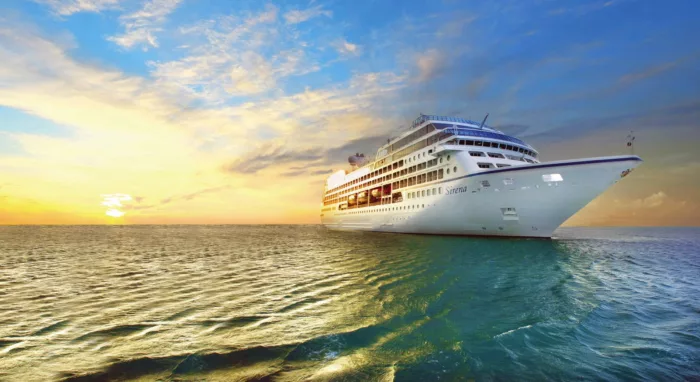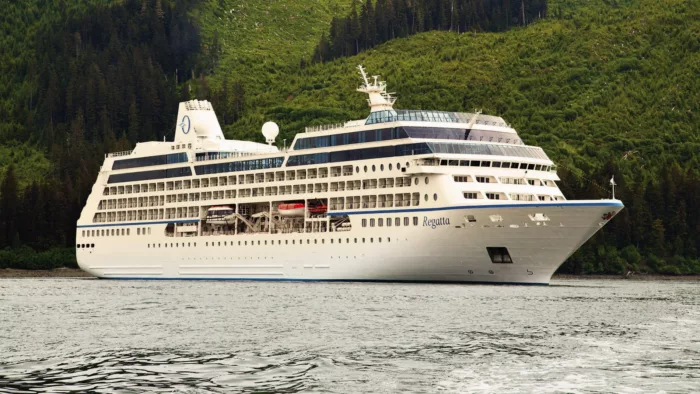
The Miami-based cruise line - a subsidiary of Norwegian Cruise Line Holdings - offers eight small, luxurious ships that carry a maximum of 1,250 guests and feature the finest cuisine at sea and destination-rich itineraries that span the globe.
Expertly curated travel experiences aboard the designer-inspired, small ships call on more than 600 marquee and boutique ports in more than 100 countries on six continents on voyages that range from 7 to more than 200 days.
















Vista offers The Finest Cuisine at Sea®, exceptionally personalized service and a warm and welcoming ambiance with captivating residential furnishings for a new standard in seagoing luxury. Vista also introduces several unique firsts for the brand in the realms of dining and guest experiences, including Ember, our new signature restaurant featuring elevated American cuisine; Aquamar Kitchen, featuring indulgent wellness-inspired dishes at breakfast and lunch; and The Bakery at Baristas, an expansion of our popular coffee bar, serving freshly baked French and Italian pastries. In addition to an elevated mixology program, Vista also reveals all-new Broadway-caliber productions led by “Dancing with the Stars” choreographer Britt Stewart.




















